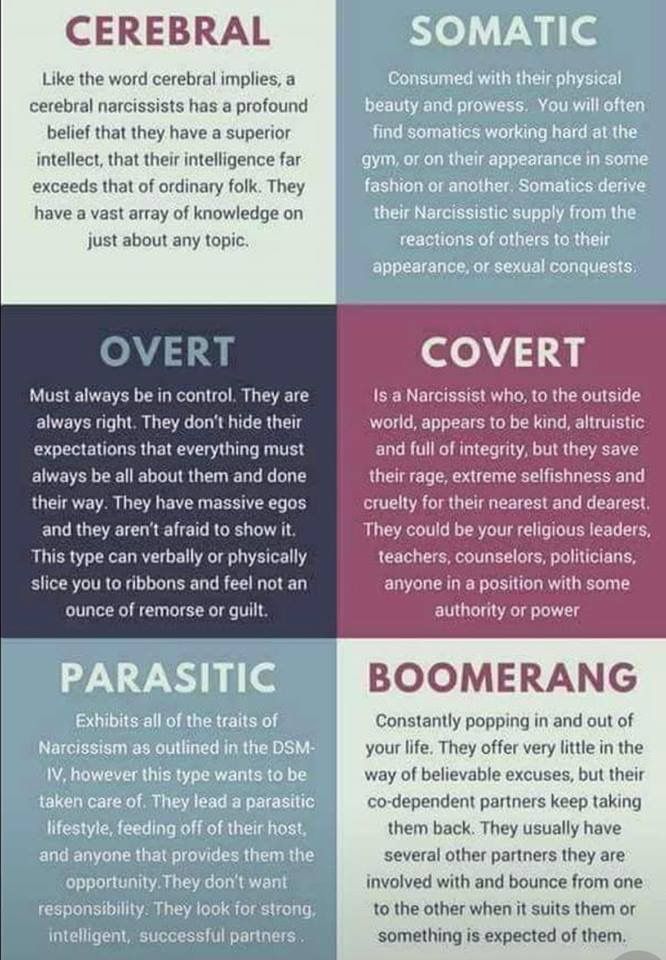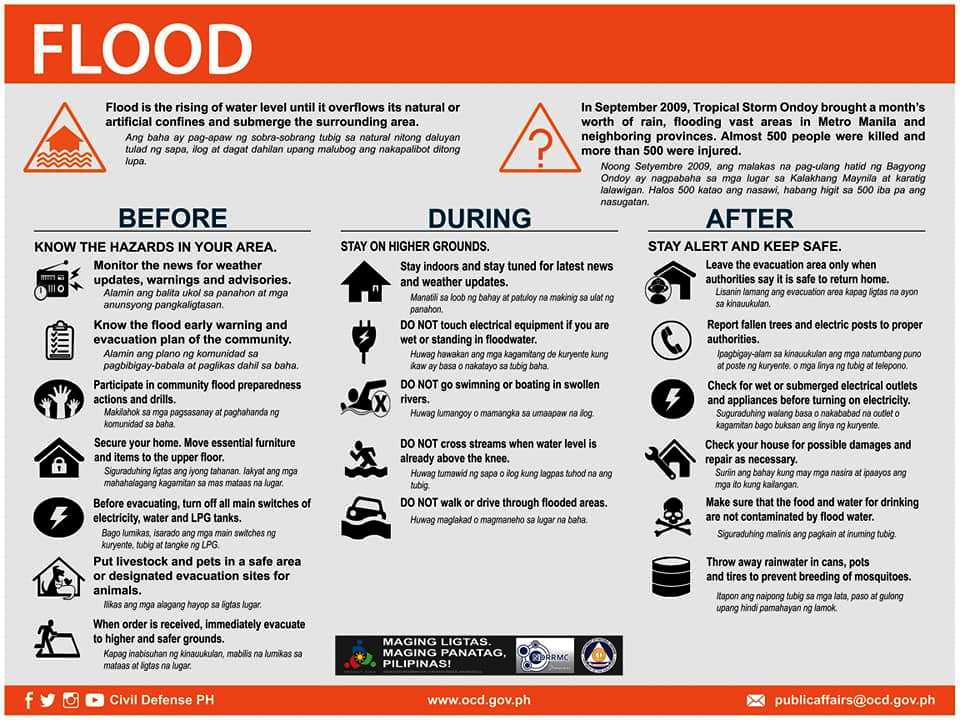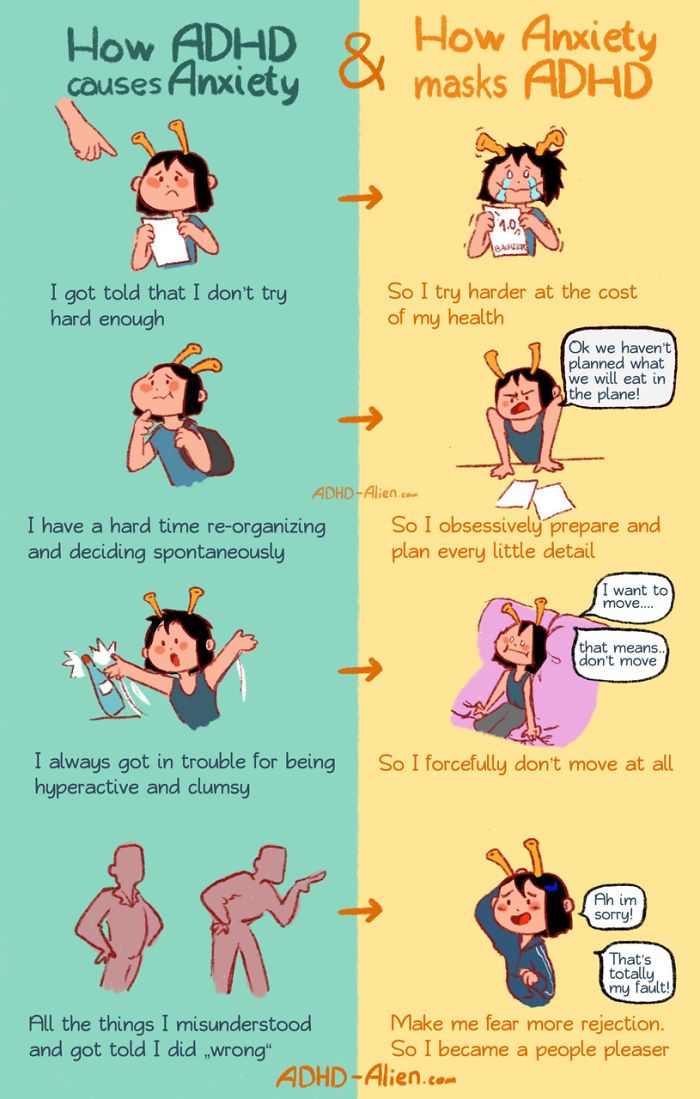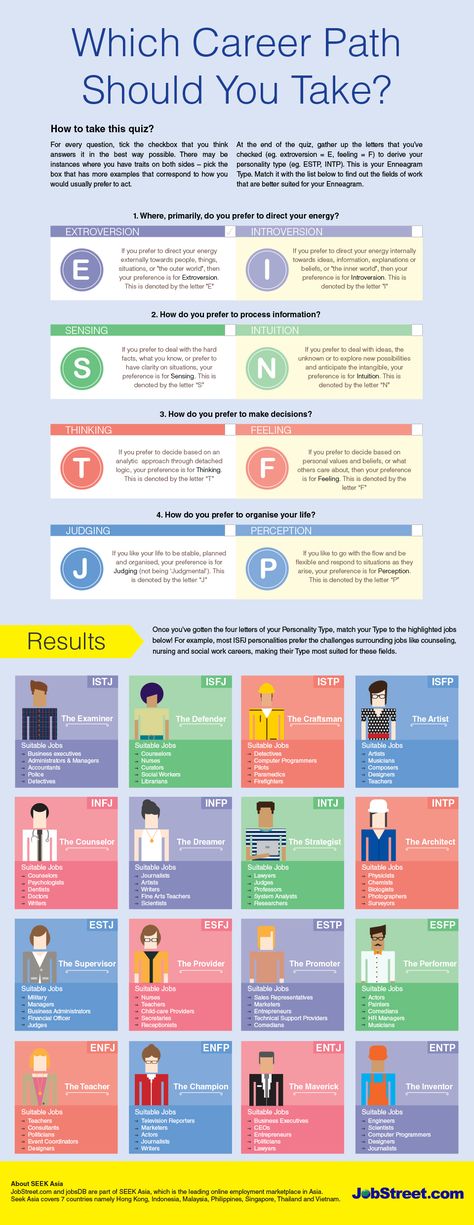Counselling first session
What to Expect in Your First Therapy Session
It takes a lot of strength to make that first therapy appointment, but now that you have, you might be wondering what it will involve.
Scheduling your first therapy session requires resolve — to admit you may need some help or that you have a condition, symptoms, or challenges to work through — and self-awareness to recognize you need a little help.
So if you’ve made your first counseling session already, you should know just how much strength you truly have.
And if you haven’t picked up the phone quite yet, there’s nothing to fear in doing so — and everything to gain.
But if you’re new to therapy, you might be wondering exactly what to expect when meeting with a therapist or counselor for the first time.
Despite some misconceptions, a therapist’s job isn’t to solve your problems for you.
They aren’t there to tell you what to do, or to tell the people who’ve hurt you just how wrong they were.
In fact, most therapists won’t bother touching on the rights and wrongs of people in your life. Instead, they’ll focus on helping you turn your focus to what you can and can’t change — ultimately: you, your choices, and your responses to events.
Depending on your reason for starting therapy, most therapists will spend time encouraging you to look inward.
This might mean talking through past trauma and developing strategies to help you cope.
Looking inward might require you to explore any phobias you have, and then work with your therapist to overcome them.
Or you may dive deep into your interpersonal relationships — not to examine the faults of others, but to help you better understand your role in making relationships better or setting boundaries in order to protect yourself.
Whatever your case may be, you’ll find that therapists can be great sounding boards and provide excellent resources when needed. But their main goal is to help you learn how to better help yourself.
Your first session will probably involve your therapist asking you a lot of questions about you, how you cope, and your symptoms (it’s basically an interview). You may also chat about goals for therapy, expectations, and more.
You may also chat about goals for therapy, expectations, and more.
Your first therapy session can be emotionally draining, even if you don’t initially expect it to be.
Therapy can involve unearthing many things your brain has worked hard to bury — the painful memories and feelings you may not have been up to exploring on your own. And as you sit down for first-time therapy, you may find the floodgates opening… whether you mean them to or not.
This is pretty much to be expected. Still, it can feel surprising, especially if you find yourself opening up to a stranger in ways you haven’t been able to open up to others in your life.
Don’t let it scare you. Being open and candid with your therapist is one of the best things you can do for yourself.
And, you should know that not every session will be so intense. It often happens that initially starting therapy can take a lot out of you. That’s OK.
While we may all just call it therapy, there are several types of therapy intended to suit different needs.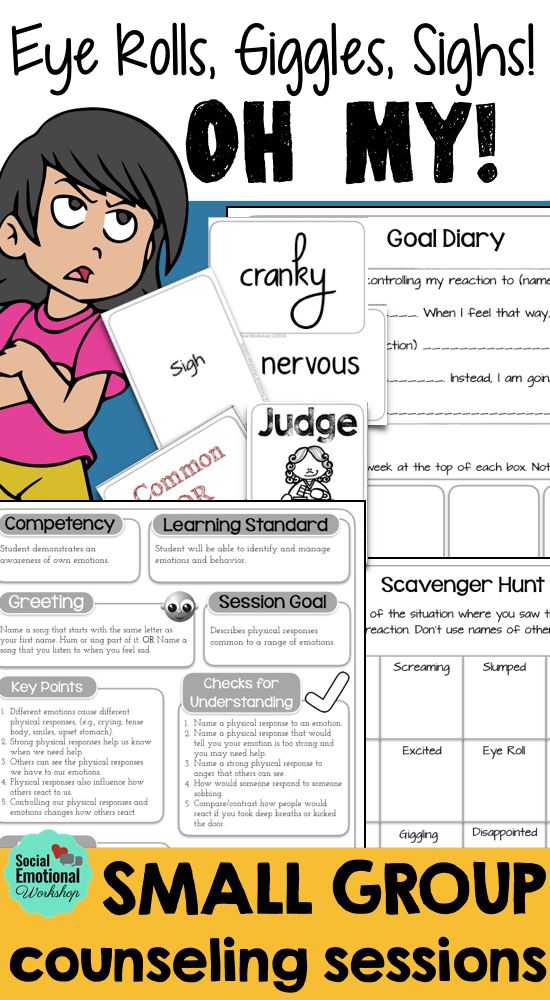
According to the American Psychological Association (APA), the five main categories of therapy include:
- Psychoanalysis and psychodynamic therapies. Based on the teachings of Sigmund Freud, this type of therapy aims to explore unconscious meanings and motivations in order to change negative behaviors, thoughts, and feelings.
- Behavior therapy: This approach aims to help a patient change certain behaviors by using a variety of tools, including desensitization.
- Cognitive therapy: This therapy is focused on helping patients modify actions and reactions by first changing one’s thoughts.
- Humanistic therapy. These therapies typically center around the patient and avoid framing therapists as authorities, instead presenting them as empathetic and concerned listeners.
- Integrative or holistic therapy. An integrative approach means that therapists don’t embrace any one discipline, and instead blend various approaches together in order to meet the needs of individuals.
 Integrative therapy follows the principle of acceptance.
Integrative therapy follows the principle of acceptance.
Among these five disciplines, there’s a long list of therapies that you could benefit from:
| Therapy | Basics |
|---|---|
| Art therapy | Uses creative mediums to express and explore feelings and emotions. |
| Acceptance and commitment therapy (ACT) | Focuses on infusing value-guided actions instead of reducing symptoms of a condition. |
| Cognitive behavioral therapy (CBT) | Generally has a set, short-term timeline with a specific goal in mind. For instance, CBT might be used to help a patient overcome a fear of public speaking. |
| Dialectical behavioral therapy (DBT) | Aims to help patients process and cope with difficult emotions. |
| Equine-assisted psychotherapy | Forges a bond between patient and horse as part of the healing process. |
| Existential therapy | Aims to help patients consider the responsibility they have for their own choices.
|
| Exposure and response prevention (ERP) | Exposes a patient to their source of anxiety or fear, but guides them into resisting compulsions that are triggered. |
| Gestalt therapy | Aims to help patients work through unresolved issues and examine how those issues impact their daily lives and choices. |
| Interpersonal psychotherapy (IPT) | Focuses on providing patients with self-service tools to better manage their interpersonal relationships. |
| Rational emotive therapy | Encourages a patient to challenge irrational thoughts and beliefs, and replace them with rational ones. |
Most therapists and counselors will use some combination of therapy types and tools, though some might mainly use common therapies like CBT or DBT.
Though therapy isn’t like a menu where you can make specific requests, you can ask about ones you’re interested in as you call around and vet a potential therapist.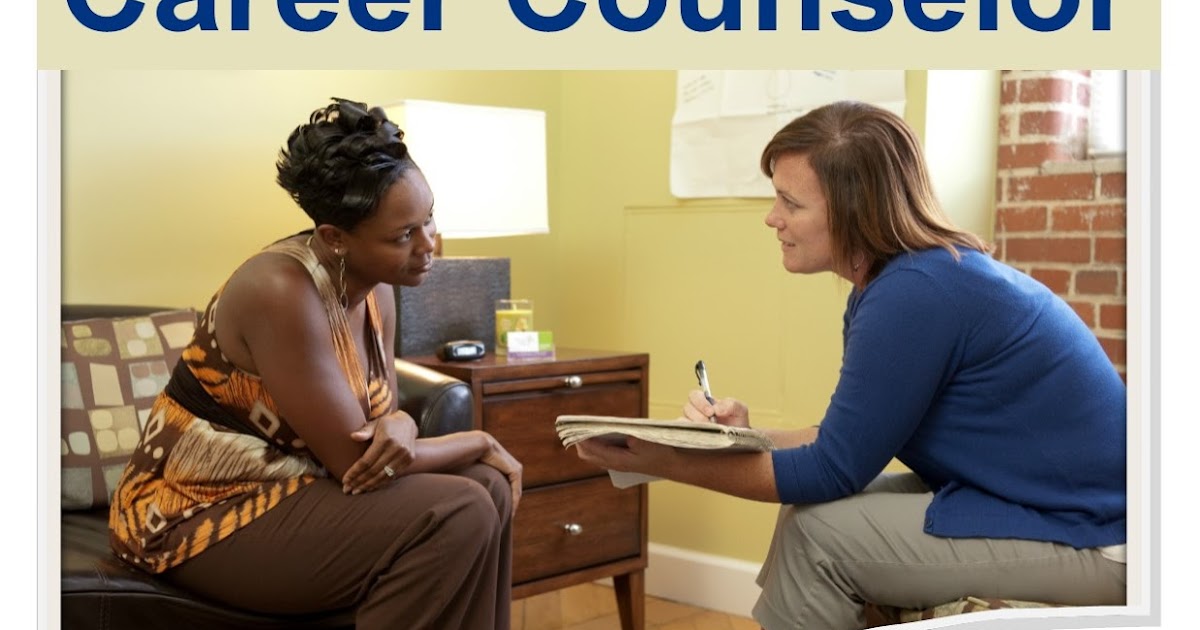
Now that you’re aware of what to expect from your therapist and yourself, we’ve put together a few quick pointers to help you maximize your time in therapy.
Do
- Be kind to yourself. Therapy can be emotional; you’re allowed to have big feelings.
- Tell your therapist why you’re there. There’s no reason to be vague.
- Be willing to reflect on your own thoughts and behaviors. A good therapist will challenge you to look inward.
- Close your session with a plan. Do you have homework before your next session? Some new behavior to try? When will that session be? You may want to write it down or throw a reminder on your phone so you don’t forget.
- Give therapy at least a few tries. It does get easier, and the first session is often just about providing background info, which means it may not be as helpful as you would have hoped.
Don’t
- Put up a wall.
 Therapy only works if you commit to leaning in with your therapist.
Therapy only works if you commit to leaning in with your therapist. - Ask personal questions about your therapist. Healthy professional boundaries mean your sessions should be focused on you.
- Lie. Therapy won’t do you any good if you aren’t willing to tell the truth. And it’s a waste of a good copay!
- Drop a bomb on your way out the door. While some sessions may be packed with things to talk about, try to prioritize the big things at the beginning. When you reveal big topics as your session is ending, you’re doing both yourself and your therapist a disservice. Share while there’s still plenty of time to discuss! Bookmark the bombshells if you don’t get to them before you touch that doorknob.
- Stick with a therapist you don’t feel a connection with. Just as in life, you won’t always mesh with everyone you meet. You’re allowed to search for a new therapist you feel comfortable with, rather than sticking with one you don’t.

Therapy can be extremely beneficial — but it won’t heal you overnight.
The American Psychological Association says that half of folks with mental health symptoms need between 15 and 20 sessions. So if you’re being treated for a mental health condition, you’ll need to be prepared to commit to several months of treatment if you hope to see the improvement you deserve.
But don’t let that overwhelm you. Take your sessions one at a time, and assess how you feel about the value of therapy after each one.
There are a wide variety of therapeutic options available — and countless therapists who work with different approaches.
If you find you aren’t getting much from therapy, you may just need to try a different therapist or approach.
But you don’t need to figure all that out in the immediate aftermath of your first session. Instead, give yourself some space and time to process.
Don’t be surprised if you’re especially tired following that first session. You’ve started some important work, but it’s still definitely work — it’s normal to feel the weight of that initially.
You’ve started some important work, but it’s still definitely work — it’s normal to feel the weight of that initially.
So go home, try to relax, and consider the fact that your emotions might need time to recover in the same way your muscles do after a strenuous workout. You’ve earned the breather, and by allowing yourself that opportunity, you’ll be better prepared to dive even deeper at your next session.
6 Steps to Engage New Clients in the First Session — Croswaite Counseling PLLC
When I first began in Private Practice, I noticed that new clients were not coming back for the second session. I knew I was doing something wrong in that first session (or free consultation) that wasn’t connecting with my clients. I started experimenting and tracking my conversion rate.
This is a rough guideline of what I have ‘fallen into’ over the years in private practice that has a very high conversion rate (rate of consults that turn into regular clients for me). I find this can be done in either 30 minutes or 60 minutes.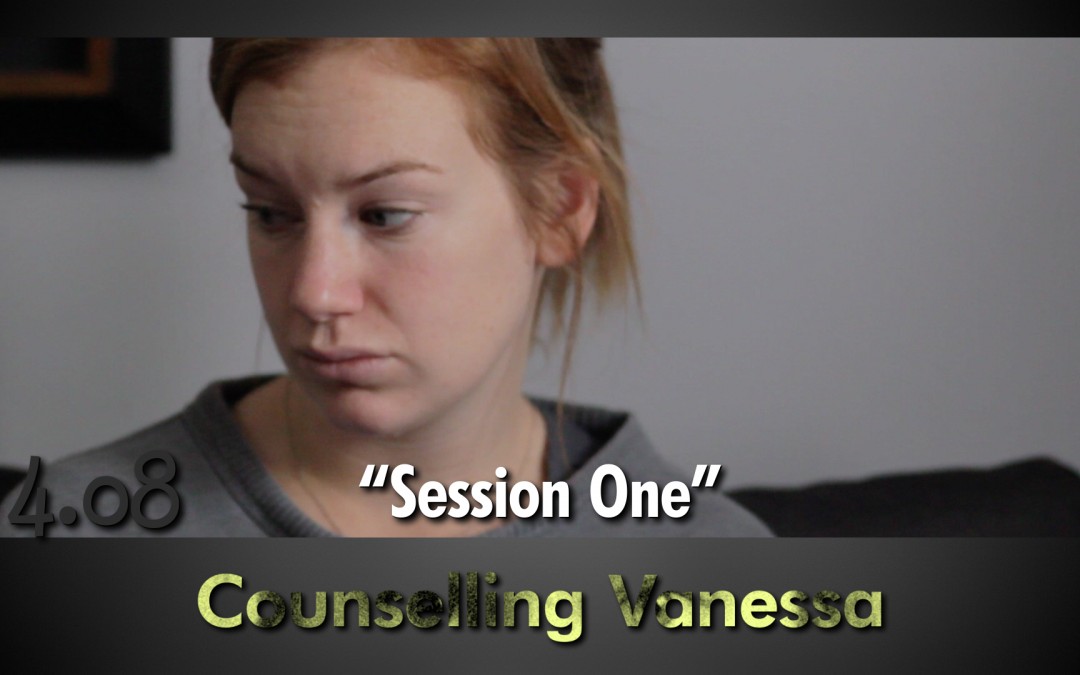 Here are the major steps I do with some of the ‘scripts’ I find myself saying often.
Here are the major steps I do with some of the ‘scripts’ I find myself saying often.
1. Welcome/Orienting the client to the consultation session
The consultation session is a little different than a regular therapy session, so I make a point to tell the client what we are going to do, and what he/she will walk away with from our meeting.
Here’s a breakdown:
- Greet them and normalize that it can be weird, awkward or anxiety-producing to meet a therapist for the first time (or meet a new one).
- Tell them what we are going to do during today’s meeting. The important points to hit are:
- This is a time to get to know one another a little bit
- I’m going to be asking some questions to know what’s been going on for the client
- I’m going to be answering any questions that they have (I tell them it’s ok if they don’t have any)
- I’m going to share my thoughts and initial observations about what they shared with me, so that they know what I’m thinking and it aligns with their experience
- I’m going to share the general outline of what our therapy will look like (although we can pivot later if needed).
 This includes a preview of tools I will teach them, the order of things, how we will track progress, etc.
This includes a preview of tools I will teach them, the order of things, how we will track progress, etc.
I know that’s a lot to get through, here’s a script:
Hi Jane, thanks for coming in today. It’s nice to meet you in person. I know it can be nerve-wracking to meet a new therapist, and I’ll be asking some personal questions today, so I thank you for taking the step to come in. Today we have a little bit of a different meeting than a regular therapy session. Today I will ask some nosy questions so I can really understand what’s been going on. But don’t worry, you can ask me nosy questions right back if you want to. I’ll answer any questions you have today, but it’s ok if you don’t think of any. After I ask my questions, I’ll share with you only my thoughts and observations about what you’ve told me, so you always know what I’m thinking and to make sure I really understand. Then I’ll share with you my initial thoughts and plan for how I’m going to help you feel better. Ok? Great! Let’s start.
Ok? Great! Let’s start.
2. Super-Short and Focused Diagnostic Evaluation
I’ve found the key here is to not get lost in the weeds, but identify the main clinical concerns right away, then ask a few follow-up questions to understand the severity and symptom presentation of that clinical concern. I save a more thorough mental health evaluation for another time. I want the client to feel heard right away.
Here’s a breakdown:
- Ask first about the main clinical concern by asking what brought them in, or how can you help?
- Normalize and Validate that concern
- Ask a few follow-up questions to get a broad understanding of the issue
- Ask about previous therapy experiences, and what was helpful and not helpful about those experiences, so you can quickly learn how the client responds to therapy in general (I make sure to incorporate this into the ‘plan’ that I share towards the end of the consult)
- Ask if there are any other major clinical concerns.

Here’s a script for a client struggling with Anxiety:
Therapist: Ok Jane, I know we spoke briefly on the phone, but I’d like to just start with a really broad question and go from there, so I will ask what brought you in today?
Jane: Well I’ve been feeling really anxious….
Therapist: I’m so sorry you’ve been dealing with that, it’s really hard. We see a lot of that here in the practice, so you are not alone.
*Now I ask some follow-up questions about this clinical concern, such as:
- When did it start?
- How bad does it get?
- Panic attacks? How many and when?
- How is this impacting your life right now?
- Medication? Helpful or not? Prescribed by whom?
- What helps it right now?
- Who knows about it? Support network?
- Family history?
Jane answers all these questions, and I normalize her symptoms along the way.
Therapist: Have you ever seen a counselor before for this or for anything? When was that? What was helpful about that? Anything about that not helpful?
*I’m listening for anything that the client found helpful in the past in therapy (if they have done it). Things like a therapist being directive, providing honest feedback, teaching tools, etc.
Jane answers….
Therapist: So I really hear you about the anxiety and am starting to think of some things we can do together that will really help that, but first let me ask, is there anything else going on that you think is important for me to know?
Jane answers…
3. Feedback to Client
This is where I thank the client for being so open and talking about difficult things, and provide feedback and a rough/initial diagnostic impression. I’m not rushing a diagnosis, and I don’t use that language (usually) with the client, but just like when you see the doctor, you want to know what they are thinking and that they understand why you came in. I emphasize that I hear them, reflect their own language back to them, and validate that their concern is not ‘just in my head’ but it’s serious enough that they came to a therapist about it, and that they deserve a professional’s help to feel better.
I emphasize that I hear them, reflect their own language back to them, and validate that their concern is not ‘just in my head’ but it’s serious enough that they came to a therapist about it, and that they deserve a professional’s help to feel better.
Here’s a script for our client Jane:
Thank you for answering all those nosy questions, Jane. I know this stuff is hard to talk about. It’s very clear to me that you have an above-average amount of anxiety and it’s really impacting your ability to sleep and your job. That must be so hard. You should know that what you have shared with me is not a normal level of anxiety that we all feel from time to time. I hear some markers of an anxiety disorder, and so you’ve been dealing on your own with a clinical issue. You can’t just make it go away by being hard on yourself, which I already hear that you are. If you could kick this by just telling yourself to calm down you wouldn’t be here right now. But you are, and I’m glad you are. You don’t need to be alone with this anymore.
You don’t need to be alone with this anymore.
In our next session I’ll ask some more about your symptoms and really make sure we get the right idea of what you’re dealing with, but I’m pretty confident in what I’ve heard that the focus of our work with be tackling this anxiety together.
4. Share Your Initial Plan (let the client know that you can help them)
This is such an important step. The client wants to know in a concrete way how you will help them with their issue. You don’t need to do an on-the-fly treatment plan, but as you listen to any clients, ideas pop into your mind of what may work well for the client. This is your time to share that, give examples, and give the client confidence that you are in control, that you ‘get’ them, and that you have a plan.
Things to keep in mind for this step:
- Frame the work in terms of ‘we’ rather than ‘you’ or ‘I.’ You and the client are a team now.
- Share an honest initial time-frame with the client.
 You’re not tying yourself down to that timeline, but you will have a sense of how ‘easy’ or ‘difficult’ the client’s issue is, so share that.
You’re not tying yourself down to that timeline, but you will have a sense of how ‘easy’ or ‘difficult’ the client’s issue is, so share that. - Incorporate what was helpful about previous therapy (If there was any)
- Reflect the client’s own language in how they describe their symptoms to you, so they feel heard and understood. Don’t use overly-clinical or ‘jargony’ language.
Here’s a script for Jane:
I feel confident that we can get this anxiety under control and you can feel like yourself again. If you choose to work with me, I’m think that first we will jump right in to concrete and practical tools to help with your anxiety in the moment. I remember with your therapist back in college you liked having those tools you could turn to, so we will start there. We will also explore the causes and triggers of your anxiety so we can play offense, not just defense. We want to see those things coming, have a plan, and head them off. I will also work with you on some pretty easy tweaks to your sleep routine to get you some better sleep, which will help with anxiety. I think also, from what you have shared with me, that simply having someone to talk to about all of this will be helpful. You’ve felt alone and embarrassed about it, and I understand. But talking about it will help us move past the shame and implement these tools and strategies. I think we can really see a difference in around 3 months, based on my work with other clients who are going through what you’re going through.
I think also, from what you have shared with me, that simply having someone to talk to about all of this will be helpful. You’ve felt alone and embarrassed about it, and I understand. But talking about it will help us move past the shame and implement these tools and strategies. I think we can really see a difference in around 3 months, based on my work with other clients who are going through what you’re going through.
5. Answer The Client’s Questions and Wrap-Up (giving them a choice to schedule for follow-up with you).
The last step is to ask if the clients have any questions for you. I usually find that at this stage, you’ve answered all of their questions. However, sometimes they have questions. I answer all of them as transparently as possible. Clients hardly ever ask a personal question. The most common question I’m asked is basically ‘Am I weird’ and ‘Can you help me?’ Those are easy times to validate/normalize and again reinforce your very rough treatment plan.
After that, we wrap-up and I see up the next session. I never want to pressure anyone, or assume that they feel comfortable being my client yet, so I give them a choice between scheduling our next session right now, or getting back to me after they think about it. Almost 100% of the time they schedule right then, but if they don’t, that’s ok too. I always remind myself that ‘you’re not for everyone’ and let it do. Oftentimes, the client that doesn’t ‘sign up’ right away will circle back to me in the future.
Here’s a script to wrap up:
Well Jane we’re almost out of time, I’m sorry to have to stop. We can do one of two things from here. If you feel comfortable that we’d be a good fit, we can go ahead and schedule our next session and I think it would be good for your progress to meet every week. If you want to think about it, that’s fine too. If that’s the case, I’d love your permission to follow-up with you via email in a few days so we can touch base before my caseload fills up again. What would you like to do?
What would you like to do?
6. The Follow-Up Email
I always send a follow-up email, no matter what (unless they tell me not to email them). This lets the client know that you’ve continued to think about them. It’s also an opportunity to offer something of value. I email with a short note saying it was really nice to meet them and, if they have ‘signed up’ to be a client, that I look forward to working with them. I say I have been thinking more about what they shared with me, and it make me think of this helpful article/book/podcast that I wanted to share and include a link. That’s it! Clients tell me they really love this follow-up.
This is also an opportunity to ask if a client wishes to meet again (if they didn’t schedule during the first consult).
Here’s a script:
Hi Jane,
I really enjoyed meeting you yesterday. We talked about some hard things, and I appreciate your openness. I was thinking further about that panic attack you had last week, and wanted to share this article about riding out panic attacks. It may be a good idea to share this article with your husband too, because I remember you mentioned he felt a bit powerless when that happens. Here’s the link to it. If you’d like to meet again and get started on the goals we spoke about, let me know and we will find a time what works with your schedule.
It may be a good idea to share this article with your husband too, because I remember you mentioned he felt a bit powerless when that happens. Here’s the link to it. If you’d like to meet again and get started on the goals we spoke about, let me know and we will find a time what works with your schedule.
Warmly,
Erin
Erin Carpenter, LCSW, is a therapist in private practice and owner of Thrive Counseling, a group practice in Southeast Denver. Find out more at http://www.thrivecounselingdenver.com
with examples and tips from practitioners
home / Blog / Algorithm for the first consultation with a psychologist: with examples and advice from practitioners
Reading time: 8 minutes
|
June 2, 2021
Receive our articles in messengers
The article was created with the participation of graduates and experts
Tatyana Azerovna Shahbazi
Practicing psychiatrist, sexologist, specialist in forensic psychiatry, 14 years of experience. Candidate of Medical Sciences. Associate Professor of the Department of Psychiatry, Narcology and Psychotherapy. nine0003
Candidate of Medical Sciences. Associate Professor of the Department of Psychiatry, Narcology and Psychotherapy. nine0003
Tatyana Sergeevna Curd
Practicing psychologist, forensic psychologist. Specialist in psychosomatic therapy and neurographics in the art-therapeutic direction. Psychology teacher.
Read in the article:
- Start of consultation
- Mid consultation
- End of consultation
At the first consultation, the client should feel that the psychologist understands him and can help. Otherwise, he will refuse the second meeting. We have prepared a simple and understandable algorithm for the first session, which will save you from the question - am I doing everything right? nine0003
Start of consultation
Obvious but important reminder - don't be late. Enter the meeting in your diary, put a notification on your phone, leave some time for force majeure.
A selection of planning tools and online appointments for consultations in our article →
Acquaintance
So, you are there, the client enters the office or gets in touch if it is an online consultation. The first thing you need to do is introduce yourself and get to know each other. Ask the client: "How can I contact you?". In the future, use exactly the form that he calls. nine0003
The first thing you need to do is introduce yourself and get to know each other. Ask the client: "How can I contact you?". In the future, use exactly the form that he calls. nine0003
Then tell how long the session will last and invite the client to tell what they came with.
Ask a question that suggests a long answer:
- Where would you like to start?
- What are you worried about?
- What brings you to me?
- What do you want to talk about?
You can ask about the client's expectations, for example:
"Maybe you are interested in something about the consultation itself?" nine0074
The client may want to clarify the structure of the meeting. Then you can answer like this:
“First, we will get to know you, decide on the requests and the main topic for today. Then you talk about what worries you. I will listen carefully to you, support, comment, ask questions. At the end of the consultation, we will sum up the results, decide on a work plan for the future. It suits you? Maybe you want to know something else?
It suits you? Maybe you want to know something else?
Receive the algorithm of the first session by e-mail
To be at hand at the right moment
Clarification of the request
Then you can proceed to the analysis of the topic of the consultation. Listen to what the client came up with. Find out his vision of the situation and position on this issue. When he finishes talking, help formulate the request:
“What would you like? What result do you expect from our meeting?
In a conversation, help the client open up, support him with active listening - nod.
Where appropriate, say the phrases:
- Yes.
- I understand.
- I'm listening to you.
- Thank you for sharing this.
As you listen to the client, develop a consultation strategy. Determine the degree of control - if the client digresses from the topic, then gently return him to the main thing:
“Let me clarify. You said… (we repeat something important from the client’s words, and then we ask a question on the topic)”
You said… (we repeat something important from the client’s words, and then we ask a question on the topic)”
If he consistently and confidently expresses his thoughts, then in the first minutes of the consultation you can take a passive position. If the client is having a hard time opening up, you need to be a little more active.
Phrases like “So you want to say...”, “I want to clarify...”, “Have I understood correctly...” will be useful in working with different people - not only with those who are distracted from the essence. They help to reveal the problem at a deeper level and come to an understanding.
Note all customer complaints in a notepad. Paraphrasing his answers, short pauses and asking, "Is that all or is there something else that's bothering you?" help you get the full picture. nine0003
The final step in the diagnosis is the repetition of all complaints, related feelings and thoughts. If the client agrees with everything, you can proceed to the main part of the consultation.
Middle of the consultation
Transform complaints and related emotions and feelings into topics for work. Determine the directions in which the client will move to resolve the request. Speak them, get feedback: he agrees with it or not.
Always ask for feedback, discuss with the client the plan, methods, terms of cooperation - this is one of the ethical principles of the work of a psychologist. Write formal questions in the therapeutic contract. nine0003
Read our article on how to draw up a therapeutic contract correctly →
Ask the client to name the most important area for him - the one from which you will start work. Focus on it. Invite the client to tell why he chose this particular topic, why it is so important to him.
And once again we clarify what the client would like to receive at the end of the work. Often the vision of the end result is transformed. Especially as the client speaks and understands the situation. nine0003
Specifying:
- How long has this situation/problem been going on.
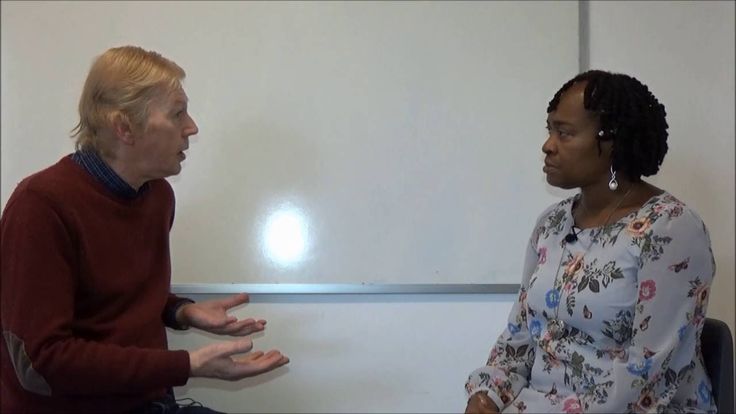
- What the client did to resolve it.
- Have there been similar situations in the past.
- Is there any experience of a positive decision in this situation.
- Whether the client has a support person.
Use open questions if you want to continue the discussion, and closed questions if you think it can be completed. To move from one topic to another, use the phrase:
“You mentioned … Please tell us more.”
Paraphrase the client's words to get back to the point of the conversation. If you feel like you are losing control of the situation, then summarize everything that has been said and continue the discussion.
What should a psychologist not start working with a client without? Without a therapeutic contract!
Get the template and use it
Telegram
Rules of communication with the client
Things to keep in mind when communicating:
- Be sure to find out if the client has had experience with a psychologist.

- Avoid professional cliches. For example, if a client says that he is depressed, then specify: “Did one of the psychologists tell you about this?”, “You said that you were depressed. Please tell us exactly how you felt in that state.”
- "Translate" slang, jargon and phrases that may be understood differently by you and the client. Use refinement and reformulation for this. nine0032
- When expressing your hypotheses, use language that will shed light on the origins of the problems.
- If you find a contradiction in the client's words, then help him see them too - reformulate, compare, clarify the statements. Your task is to lead the client to what he himself will say about the contradiction, and not directly tell him about it.
- Convert customer emotions. This can be framed as feedback: "I see that it's hard for you to talk about this." Or as support: “I’m sorry that this happened. I understand that you are angry, that it hurts and hurts you to remember this, but could you tell us more.
 nine0032
nine0032
Keep track of the time of the consultation so that it is enough for its full completion. The main thing is to keep track of time so that from the outside it does not look like a desire to quickly “get it over with”.
Find out where and how a psychologist can find first clients →
An important point is to keep track of time and be able to divide it so that you can fully start, delve into the problem and immerse the client in it, and then have enough time to exit work and evaluate the session. nine0003
Consultation timing is determined individually in each case - there is no universal formula here. The distribution of time depends on two factors.
First, this is the identity of the client - whether he is open or hidden. A more shy, distrustful client sometimes needs more time to adapt to the personality of the psychologist, to the counseling situation.
The second is the nature of the problem.
For example, it takes longer for victims of physical or prolonged psychological abuse to just talk through the problem and, of course, a lot of time to sink into and then come out of those heavy memories and repressed feelings. nine0003
Shahbazi Tatyana Azerovna
Completion of the consultation
10-15 minutes left until the end of the session, it's time to take stock:
"So, we found out ...", "Summarize everything that was said"
Ask the client:
do we have anything important, is there anything else you would like to add?
Sometimes valuable information pops up at this stage with which to start the next session. If the client does not want to add anything, then invite him to choose a priority topic for the next meeting. nine0003
It is important for you to receive and give feedback:
- Ask the client: “How are you feeling? To what extent did our communication meet your expectations, in what exactly did the consultation coincide with your ideas? So you understand the client's expectations and work out possible disappointments - this is important for future work.
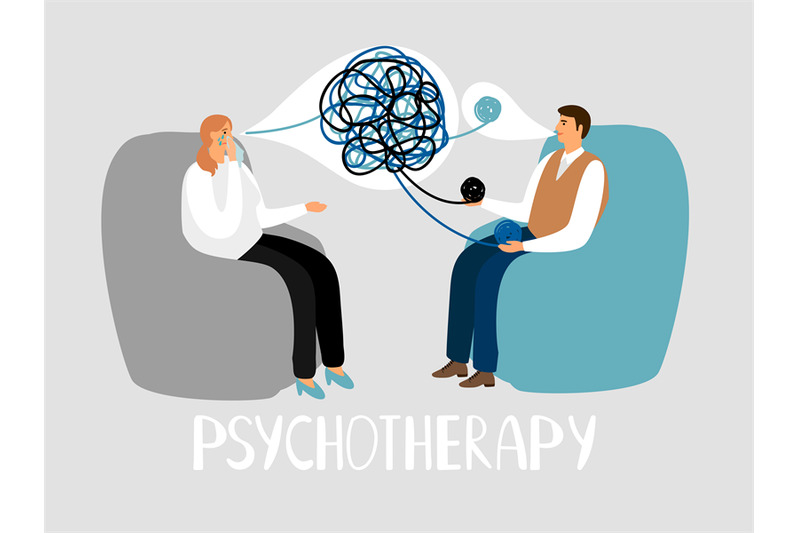
- Give recommendations for working on the problem on your own. Share helpful information, such as recommending a book for psychotherapy self-help. Give homework, for example, suggest keeping a diary of emotions. It is not necessary to do exactly this and all at once - give the feedback that this particular client needs. nine0032
- Ask the customer if they have any questions. Maybe he wants to clarify something, to clarify.
- Thank you for a job well done.
Avoid phrases like “You did a great job today. I think we will successfully solve your problem." This is a value judgment and unreasonable hope. At the end of the consultation, simply thank the client.
Tvorogova Tatyana Sergeevna
When the client leaves the office, write down in your workbook the main information: the topics of the consultation and the future meeting (including all areas of work that you identified at the beginning of the consultation), hypotheses, difficulties in work, important facts from the client’s history, names, dates.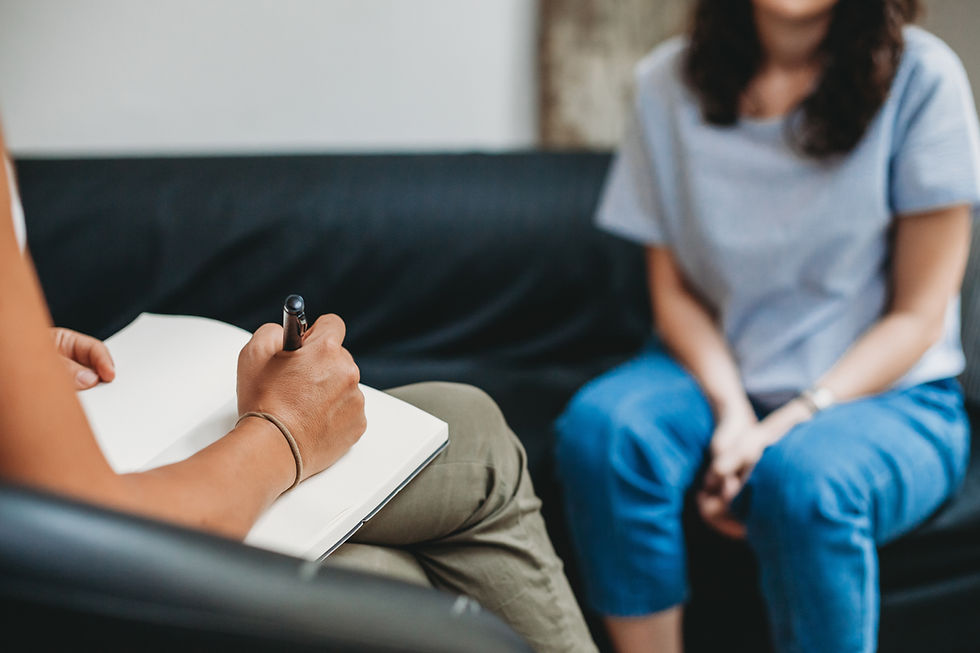 This is necessary so as not to forget anything important. nine0003
This is necessary so as not to forget anything important. nine0003
A blurry or hasty ending of a consultation is a common mistake made by beginner psychologists. Such a final meeting can spoil even the best session. Take enough time for the closing part.
Read our article about the mistakes of beginning psychologists →
Done! You did a great job with the consultation. You can praise yourself and relax. Remember to visit a personal psychologist to maintain your psychological health, and a supervisor to work out difficult cases, improve professional competencies and protect yourself from burnout. nine0003
The article was created with the participation of graduates and experts
Tatyana Azerovna Shahbazi
Practicing psychiatrist, sexologist, specialist in forensic psychiatry, 14 years of experience. Candidate of Medical Sciences. Associate Professor of the Department of Psychiatry, Narcology and Psychotherapy.
Tatyana Sergeevna Curd
Practicing psychologist, forensic psychologist. Specialist in psychosomatic therapy and neurographics in the art-therapeutic direction. Psychology teacher. nine0003
Specialist in psychosomatic therapy and neurographics in the art-therapeutic direction. Psychology teacher. nine0003
- psychologist's work
The first consultation of a psychotherapist: what to expect from her?
27,306
Know Yourself A Man Among People
You thought for a long time, hesitated, and finally dared to call a psychotherapist and make an appointment. On the phone, his voice and intonation did not cause any discomfort. But a minute later, anxiety seizes you: what will this person turn out to be and how will he behave with you? What to tell him? Where to start a conversation? Your anxiety is understandable, and it is understandable that you want answers to your questions. nine0003
A trial visit, not a commitment
The first consultation is always a “test” consultation, after which you can decide whether to continue psychotherapy.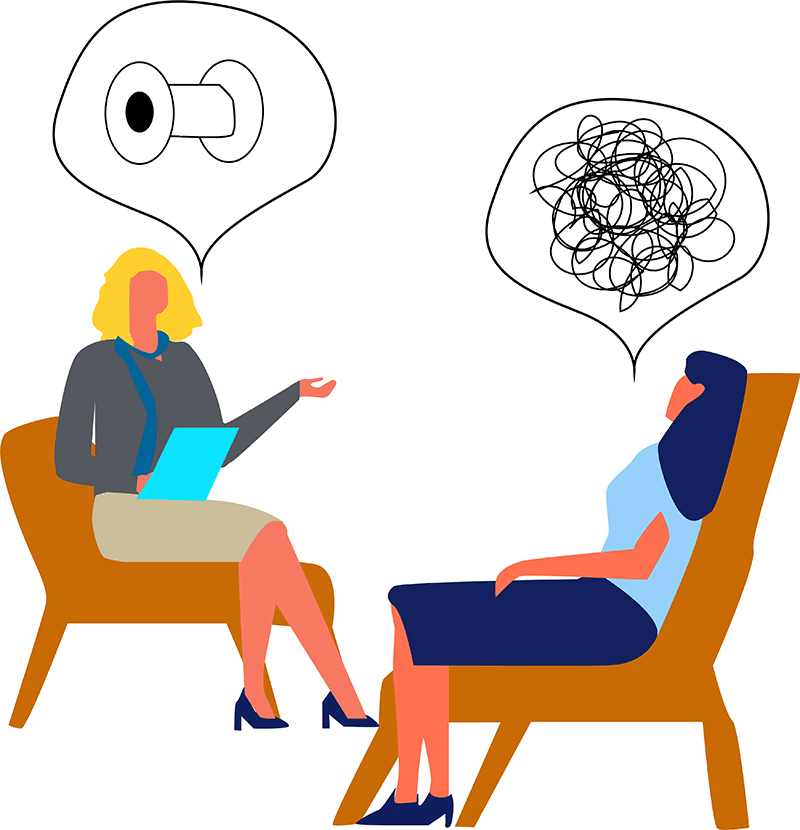 Someone, for example, comes to a meeting with a psychotherapist, experiencing a psychological crisis, and as soon as acute anxiety recedes, he refuses to continue work. Only a clear desire to find contact with oneself, to see one's life situation from several points of view and find one's own angle becomes the basis for starting psychotherapy.
Someone, for example, comes to a meeting with a psychotherapist, experiencing a psychological crisis, and as soon as acute anxiety recedes, he refuses to continue work. Only a clear desire to find contact with oneself, to see one's life situation from several points of view and find one's own angle becomes the basis for starting psychotherapy.
In other words, you must be sure that there is no other way to deal with a trauma or a problem. “Although even in this case, one cannot exclude internal resistance, opposition to therapy and the psychotherapist,” says Jungian analyst Tatyana Rebeko. - For example, the client suddenly completely flies out of his head everything he was going to tell, or he suddenly feels a surge of irritation, or he begins to have colic ... This may be an unconscious defensive reaction of the psyche to the upcoming revision of internal attitudes, to a meeting with the unknown " . nine0003
The setting also matters
And now you are in the office or room where the first consultation (or first session) will take place. You realize that every detail matters to you: the general atmosphere, the decor, the lighting, the smells, the trinkets on the shelves.
You realize that every detail matters to you: the general atmosphere, the decor, the lighting, the smells, the trinkets on the shelves.
“When I decided to work on myself,” says 34-year-old Margarita, “I first made an appointment with a female psychotherapist who had a session not far from my house. She received me in a cramped office, dark and unattractive. On the table was a bottle of nail polish and a used piece of cotton. In a word, the place seemed to me simply disgusting, and the one that was sitting opposite me - not special. Almost immediately, I felt like I was being lied to.” nine0003
The success of therapy primarily depends not on the skill of the therapist, but on how ready the client is to seek a way out of his difficulties. “Psychotherapy is somewhat similar to a love story,” says Tatiana Rebeko, “if you met the “same” person, you have an irrational confidence that he will understand your mental pain and help you cope with it.But the feeling of disgust can also be important if this experience becomes the subject of psychotherapy. It is reasonable to assume that disgust always precedes new relationships in the client and prevents them from starting. nine0003
Does your psychologist take notes?
Each psychoanalyst or psychotherapist has his own rules, his own manner of behavior, formed on the basis of personal experience, common sense and intuition. There are as many approaches to conducting the first session as there are therapeutic techniques and even the therapists themselves. Some specialists take notes, others do without notes.
To what extent does the therapist direct the conversation? “I try not to interfere with the speech of my clients, the manner and sequence of presentation,” explains existential psychotherapist Svetlana Krivtsova. “The client starts his story with what he thinks is the most important and tells it in the order he thinks is appropriate.” nine0003
Does the therapist always ask questions? “Sometimes patients are looking for active communication, especially when they are afraid to be alone with their problems and with their unconscious,” explains Tatyana Rebeko.
“And in this case, moments of silence are simply necessary.” But there are other situations: “Those who are not confident in themselves, acutely feel their defenselessness and, perhaps, are painfully experiencing some circumstances of their lives, turn to me. And I don't want to create additional complications for them with tense silence during our sessions." nine0003
There is absolutely no need to rush
Some therapists tell patients at the end of the first meeting how the therapy will go. For others, therapy proceeds in the direction and rhythm that the patient himself sets, the sequence of his inner discoveries.
“Often, during the first meetings, I define for myself the problem with which we will begin to work,” continues Svetlana Krivtsova. “However, I can share my hypothesis with the client only when he is ready for it. There is no point in artificially accelerating the process of therapy. After all, the most important thing for its effectiveness is that the client independently realizes the nature of his problems.
The success of therapy primarily depends not on the skill of the therapist, but on how ready the client is to seek a way out of his difficulties. nine0003
The therapist's task is to guide you along the path, through which you yourself will find a solutionTherefore, do not be upset when your therapist does not offer you an "antidote" for all spiritual wounds and does not indicate a way out of life's impasse after a few first meetings. It is important that in the relationship "psychologist-patient" the initiative comes not only from one of the participants. And remember, the therapist's job is to guide you along the path that you will find the solution for yourself.
"I was able to confess"
Nina, 39 years old
When we made an appointment by phone, he asked not “What is your name?”, but “How can I contact you?” - and I called someone else's name. Arriving at the first session, I announced that I would call him myself.
He agreed to this too. We discussed my relationship with my mother, my husband, and then, at about the fifth meeting, he said: “I want to confess something to you, are you ready to hear my confession?” I was surprised. And he, clearing his throat, continued: “During our conversations, I have a feeling of split. It's as if there's something behind your words that I can't grasp." There was a pause. We were both silent. nine0003
And then something seemed to push me: “Actually, I wanted to tell you about something else! I steal. Perfume, rags. I got caught several times. So far, no one knows about it. But I'm scared to death that one day I'll end up with the police." I stared at my therapist in horror, expecting to hear, "You lied to me, go away, there's nothing I can do for you." But he said something else: “Thank you for being so frank with me. This is a serious confession, and I see that in order to make it, you needed to gather all your strength. And then I burst into tears - from relief, from shame, from everything at once.


